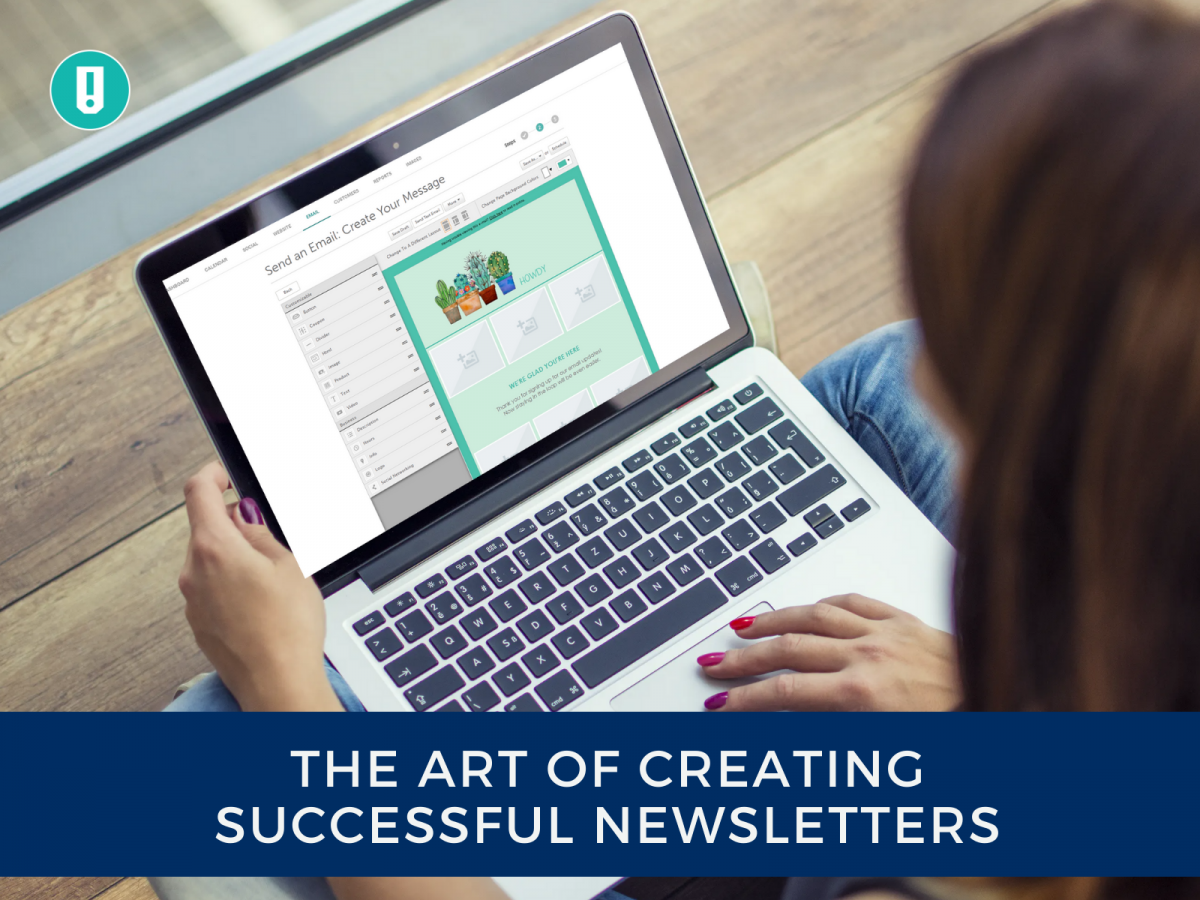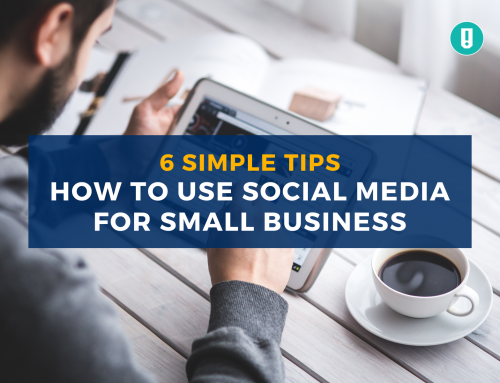Newsletters are a common element of content marketing strategies all over the world. In fact, 83 percent of B2B companies send newsletters to prospective and existing customers on a regular basis.
But sending newsletters to subscribers is one thing. Actually achieving success is another.
There’s an art to creating successful newsletters, but it may appear daunting if you’re new to email marketing. In this post, we explore the essentials of distributing newsletters that engage readers and turn them into customers.
Newsletters should be about more than just sales
Newsletters offer companies the chance to show their expertise and thought-leadership on relevant areas. But it is too easy to turn newsletters into thinly-veiled (or not even that thinly-veiled) sales pitches.
A newsletter needs to be interesting and relevant to the recipient to persuade them to open it. If they see it’s an obvious attempt to secure a sale, the customer may well ignore the newsletter—and unsubscribe altogether.
Successful newsletters can provide subscribers with tips, news updates, special offers, research, etc. Almost anything that informs the reader and delivers value. They just have to align with what the subscriber was promised when they signed up
Segmenting audiences based on buying habits, interests, location, age, etc. will help businesses create more successful newsletters.
The power of strong design
A prospect opens a newsletter based on a decent subject line promising “important news” or a “great offer.” But within seconds, they’re bombarded with huge blocks of text, clumsy animations, images that fail to load, and multiple topics vying for their attention.
Would you stick around to make sense of it all? Or would you close the newsletter and keep browsing your inbox?
Businesses need to invest time into getting their newsletter designs right. One of the most important aspects is avoiding clutter; the message should be simple to scan and navigate. This is critical in an age when more than 40 percent of emails are opened on mobile devices.
A successful newsletter will be well-designed and consistent with a business’s branding, but simple. They should be optimized for smartphones and tablets to reduce their risk of abandonment or deletion, too.
Determining newsletter frequency
How often should newsletters be sent?
There’s a fine balance to getting the frequency right. Too many, and businesses risk irritating customers. Too few, and subscribers may forget the company exists or question their credibility.
Research shows more than 60 percent prefer to receive at least one marketing email from a company per month, while 15 percent would be happy to get one every single day. A good rule of thumb is one newsletter per week. That’s often the sweet spot.
Businesses regularly publishing new blog posts or articles, launching new products, and taking part in events will have lots to cover in their newsletters. Companies moving at a slower pace won’t, and there’s no sense sending newsletters with nothing of value to share.
Basically, frequency depends on the business and its output. The important thing, though, is to be honest with subscribers when they sign up: let them know they’ll receive newsletters once per week, twice per month, etc.
Mastering impactful subject lines
Roughly 33 percent of people open emails based on the subject line alone, and 69 percent decide whether or not to report messages as spam due to a subject line, too.
A subject line must be relevant to the newsletter’s content and the subscriber’s tastes. They should be concise enough to display in their entirety in inboxes to avoid confusion.
Good subject lines feature active words and a strong hook to capture prospect’s attention. They need to stand out from other marketing emails without being too obscure, cheesy, or complex.
Another key element in knowing how to create a newsletter subject line is personalization. Emails presenting the recipient’s name in the subject line achieve an open rate of around 18 percent, compared to 15 percent for those without a name. On top of this, adding “free” means an email is 10 percent more likely to be opened.
Offer incentives to boost engagement
Try to include special offers, discount codes or links to free downloads (e-books, white papers, podcasts) in newsletters to engage recipients. Highlighting this in the subject line may increase the newsletter’s appeal, and encourage customers to browse the entire piece.
Any incentives added to a newsletter must appeal to the subscriber and offer real value. If they have no interest in the discounted or free product, why should they bother clicking through? They have plenty of other emails to read.
Incentives may boost engagement, but only when they’re transparent and relevant. Conducting audience research and segmenting customers into different groups simplifies this process. Invite subscribers to complete brief questionnaires on their preferences, to determine the right strategy for their respective segment.
Time to Get Sending
The art of creating successful newsletters takes time to master, and may involve extensive A/B testing to get right. It requires patience, commitment, and an ongoing understanding of the target audience.
But investing in a data-based strategy can help businesses create newsletters which increase engagement, build authority, earn customers’ trust, and ultimately drive sales. Newsletters have stuck around so long for a reason.
Get Access to Professionally Designed Email Templates & More with SnapRetail

Jay T. Ripton is a freelance business, technology and lifestyle writer out of Scottsdale. He loves to write to inform, educate and provoke minds. Follow him on twitter @JTRipton.







Leave A Comment